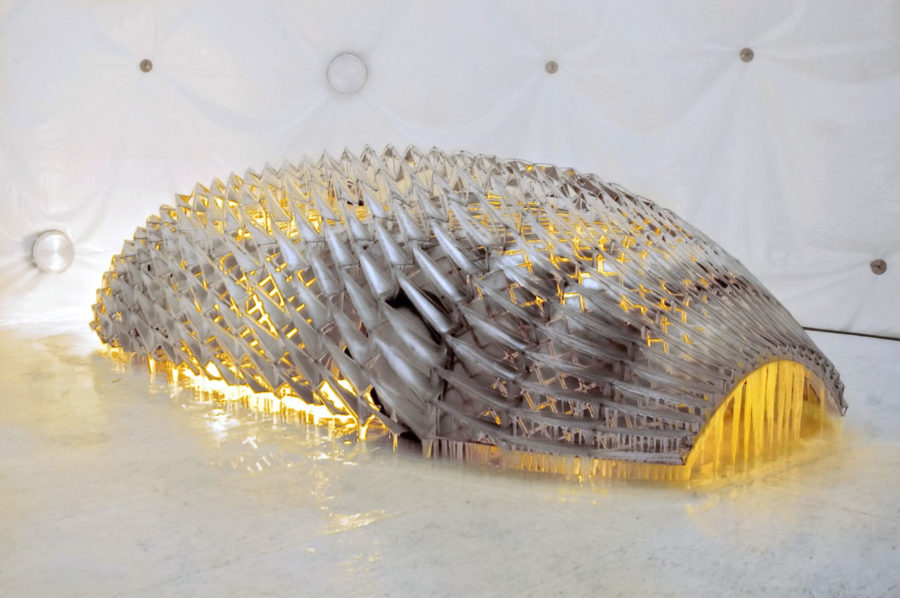2007 BMW H2R Project
How are the automobile industry and global warming related? The Danish artist Olafur Eliasson confronted a number of critical issues in generating his Art Car design. The bodywork of the BMW H2R, a hydrogen-powered car used to set speed records while also attempting to develop forward-thinking environmental friendliness, served as a creative stage.
The artist removed the outer layer of the prototype and replaced it with a complex skin of steel meshing, shiny metal plates and numerous layers of ice. As with all of Eliasson’s artwork, this one also leaves plenty of room for speculation and discussion.
Gallery
Click any image below for larger view

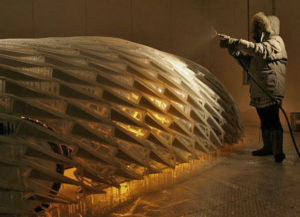
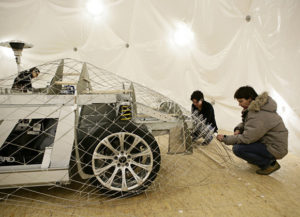
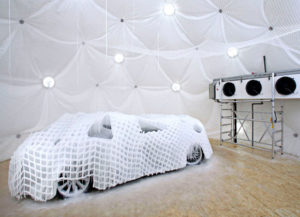
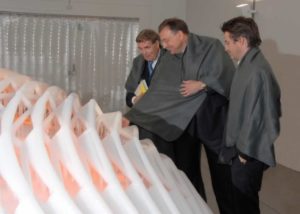
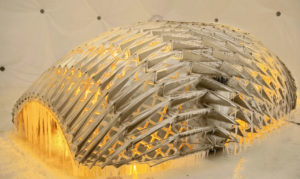
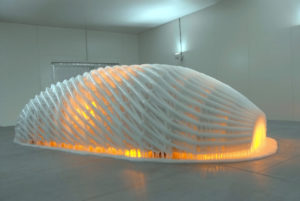
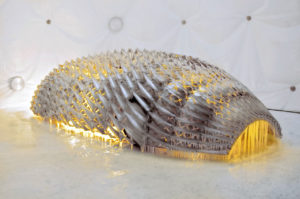
Olafur Eliasson | Denmark
Olafur Eliasson’s project transforms an object of advanced industrial design into a work of art that critically and poetically reflects on the relationship between global warming and the automotive industry.
The BMW H2R race car, a hydrogen-powered vehicle, was developed to attain speed records while pursuing a sustainable future based on the use of regenerative fuel. Eliasson has removed the car’s outer shell and replaced it with a complex, translucent skin made of steel mesh, reflective steel panels, and many layers of ice.
“Eliasson’s transformation of the H2R car is a powerful provocation to design and a reminder of the profound effect design can have on our lives,” Henry Urbach remarks. “He has given us a work that challenges the way we understand cars now and helps point us toward a different future. It’s an experiment, really, as much a social and political intervention as an aesthetic one, and one whose effects will likely be felt for years to come. One can hardly imagine a better place to exhibit this work than SFMOMA, situated in the heart of a region that dedicates equal passion to driving and to environmental politics.”
Eliasson’s steel-and-ice-covered automobile, like his overall body of work, evokes multiple associations. First, it reflects the artist’s long-standing interest in natural phenomena and the sense of dislocation and awe they can inspire. In this context, the ice also draws our attention to hydrogen, which liquefies and becomes fuel-ready at sub-zero temperatures, as well as to the fuel’s only byproduct: water.
“Our movement in space implies friction: not only wind resistance, but also social, physical, and political frictions,” Eliasson comments. “Thus, movement has consequences for self-perception and the way we engage with the world. One can look at the body as a mobile vessel or a vehicle that changes the parameters of time and space. In driving a car, one obviously also negotiates the way time-space is constructed. What I find so interesting in the research on movement and environmentally sustainable energy is the fact that it enhances our sense of responsibility in how we as individuals navigate in a world defined by plurality and polyphony.”
